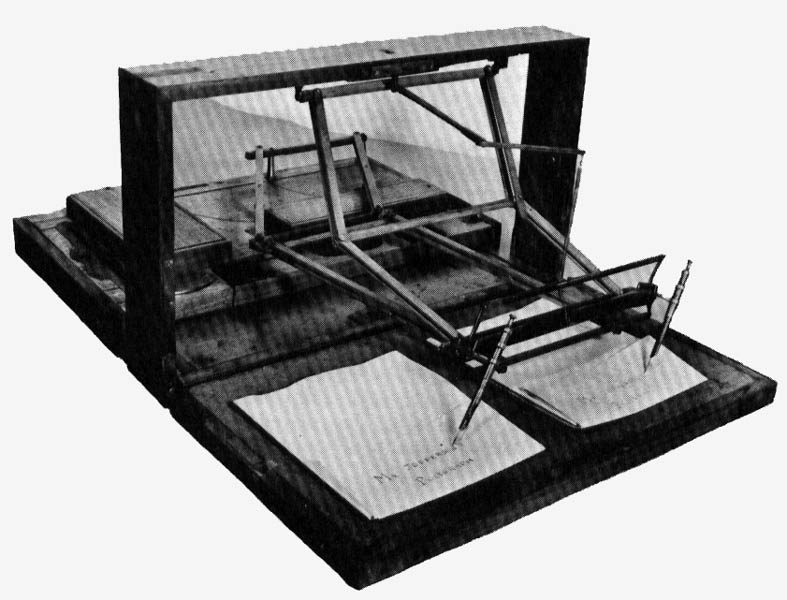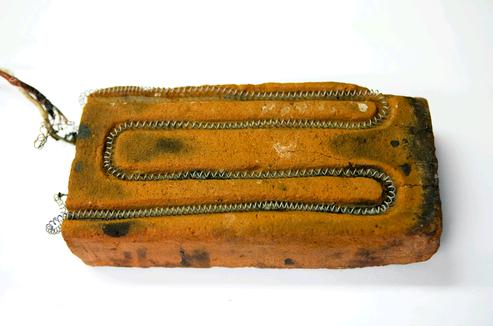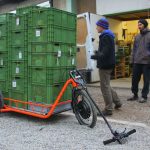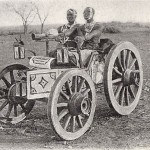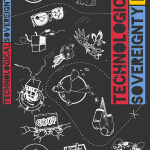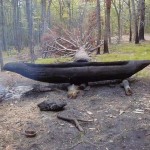“The one best way”: so runs the formula to which our technique corresponds. When everything has been measured and calculated mathematically so that the method which has been decided upon is satisfactory from the rational point of view, and when, from the practical point of view, the method is manifestly the most efficient of all those hitherto employed or those in competition with it, then the technical movement becomes self-directing. I call the process automatism. (…).
A surgical operation which was formerly not feasible but can now be performed is not an object of choice. It simply is. Here we see the prime aspect of technical automatism. Technique itself, ipso facto and without indulgence or possible discussion, selects among the means to be employed.
The human being is no longer in any sense the agent of choice. Let no one say that man is the agent of technical progress and that it is he who chooses among possible techniques. In reality, he neither is nor does anything of the sort. He is a device for recording effects and results obtained by various techniques. He does not make a choice of complex and, in some way, human motives. He can decide only in favor of the technique that gives the maximum efficiency. But this is not a choice. A machine could effect the same operation.
Quoted from “The Technological Society“, Jacques Ellul, 1964 / Original work: “La technique ou l’enjeu du siècle”, 1954 / Picture: polygraph duplicating device.
Characteristics of modern technique (2)
Characteristics of modern technique (3)
